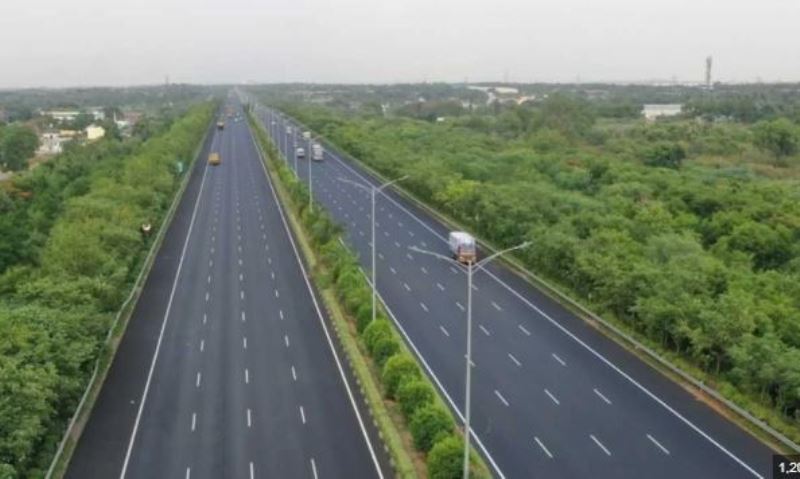The government is planning to set up an integrated transport planning authority for faster and comprehensive planning among multiple transport ministries such as highways, railways, and shipping & ports. This will enable corridor-based development and speed up connectivity works.
“There is a connectivity planning document for the next decade. Moreover, the government is in the process of planning an integrated transport planning authority, which will convert the current structure into a robust institutional framework that will be able to drive convergence and long-term planning across modes of transport,” R Lakshmanan, joint secretary at the ministry of ports, said at the India Maritime Week here.
There have been successful examples from other countries on this, he added. Business Standard had first reported the deliberations on the integrated authority on April 9.
Moreover, in a bid to promote public private partnerships, the government will provide viability gap funding (VGF) to new technology and green transition projects in Sagarmala 2.0, which will run over the next decade. Sagarmala 2.0 is a revamped programme with new focus on shipbuilding, repair, breaking, and recycling. Backed by ₹40,000 crore budgetary support, it aims to catalyse investments worth ₹12 trillion over the next decade.
The government is also working on new investment models like Hybrid Annuity Model (HAM), which has never been tried out in the ports sector before, and co-investment models. Under co-investment models, state-run port authorities will be co-investors in projects with private port operators in the form of joint ventures. The multi-front efforts, the industry hopes, will take the port economy much beyond ports to being integral economic drivers.
According to Dubai-based global ports giant D P World, India would benefit from port-led industrialisation similar to the success witnessed in West Asia.
“When we started the Jebel Ali Port, the value proposition was essentially transhipment. We soon realised that transhipment alone will not help. We built the Jebel Ali Free Zone (Jafza). Over the last 25 years, it attracted 11,000 companies. Between Jafza and Jebel Ali Port, the contribution to Dubai’s gross domestic product (GDP) is more than 40 per cent,” Rizwan Soomer, chief executive officer (CEO) and managing director (MD) for D P World’s North Africa & India Subcontinent, said at the event.
Adani Ports and Special Economic Zone, a large infrastructure conglomerate in India, is also moving fast on establishing clusters and special industrial zones. Speaking at the same event, the company’s whole time director and CEO Ashwani Gupta said India is on track to become one of the world’s best port ecosystems.
“Three requirements for that are technology, talent, and ease of doing business. This also includes special economic zones and coastal regulation zone. Investing in technology for efficiency, and investing in operators who can leverage manpower to make technology effective will be important,” he said.

